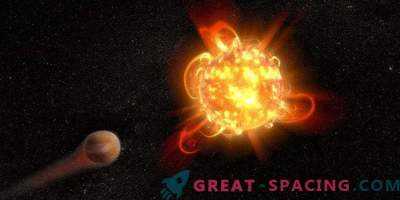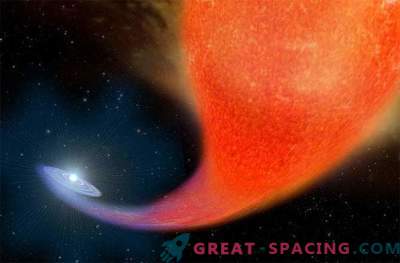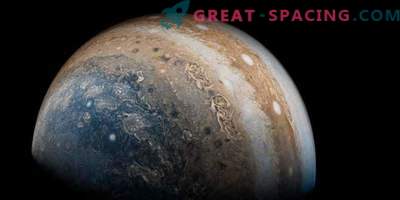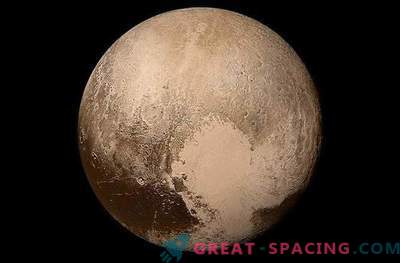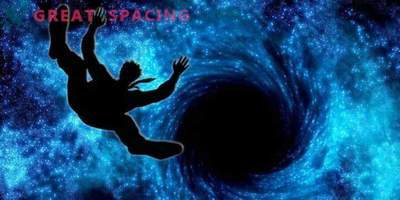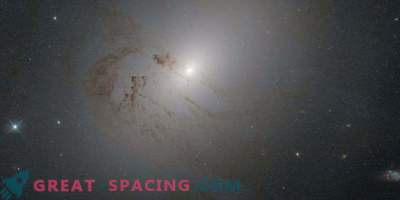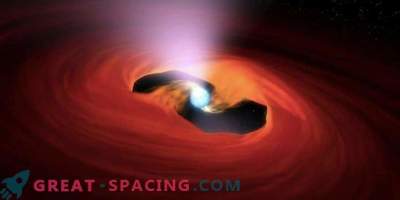
We perfectly understand that everything in the Universe sooner or later evolves and dies. There are only stars whose evolutionary transition lasts so long that it exceeds the age of the Universe itself. What is the “eternal stars”?
The word “eternal” we will quote, because these objects will die one day. But the wait will have an incredibly long time. We present to your attention a wonderful group of stars - red dwarfs. This is an evolutionary stellar branch, where there are small and relatively cool stellar objects of the main sequence (with spectral class M or K).
Typically, the massiveness of red dwarfs does not exceed 1/3 of the sun and does not fall below 80 Jupiter masses. The temperature index of the photosphere rises to 3500 K. They release a small amount of light, which is 10,000 times less than solar.
Why are red dwarfs sometimes called “eternal stars”? It's all about their evolutionary development. Each star, depending on its mass and size, is transformed into a specific object. For example, the Sun is considered a yellow dwarf, but will later increase and become a red giant. This process will take billions of years.

Stages of the evolution of a star
In red dwarfs, the transformation process is much slower. This star category is not able to activate thermonuclear reactions in its center with the action of helium; therefore, such objects are not destined to become red giants. Instead, the star is squandering its hydrogen fuel supply, heated and compressed in size. As a result, the red dwarf should turn into a blue dwarf. But that's not all. The final transformation point should be a white dwarf with a helium core (not to be confused with white dwarfs created after the death of the red giants). The only problem is that all this is studied only in theory. The bottom line is that the rate of burning of hydrogen in the core of the red dwarf is too low. More specifically, it could take trillions of years.
Recall that the age of the universe is only about 13.8 billion years. That is, red dwarfs have not had enough time to reach the stage of white dwarfs with helium nuclei. Moreover, the researchers did not find a single representative of blue dwarfs (intermediate stage), so this category also exists only in theory.
It turns out that red dwarfs can be called eternal stars. Some believe that this fact (the absence of examples of the transformation of red dwarfs into blue or white) should be taken as evidence in favor of the final age of outer space.

The Hubble telescope managed to catch the bright glow of the nearest star - Proxima Centauri
Interestingly, the closest star to the Sun is also considered an eternal star. This is a red dwarf Proxima Centauri, distant from us at 4.22 light years. And the statistics says that there are a great many eternal stars in the Universe, since the number of red dwarfs takes 30-50% of the other star classes.



